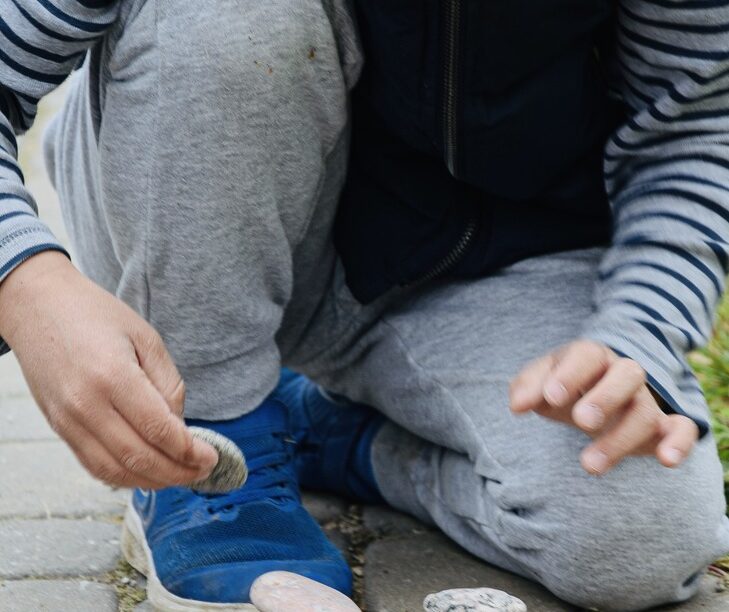
The motives for learning a foreign language vary: for some, it provides the freedom to travel and feel safe abroad, while for others, it is an essential tool for work or study. Beyond these practical reasons, there are less obvious but equally important benefits to learning a foreign language.
Various scientific studies have shown that learning a new language at any age enhances cognitive abilities: it strengthens memory, improves concentration, and slows brain ageing. Research also suggests that the ability to think and communicate in another language fosters a different perspective and leads to more rational decision-making.
Language learning also improves study skills. Multilingual individuals often find that acquiring additional languages becomes easier, as they develop an awareness of effective learning methods. This process helps them recognise their own learning styles, identify common mistakes, and find ways to overcome them.
Additionally, learning a foreign language boosts self-esteem. Overcoming challenges and making progress increases self-confidence, while a positive learning environment encourages continuous improvement.
Despite these benefits, questions remain about the best age to learn a foreign language. Researchers hold differing views: some argue that earlier is better, others suggest that 6–7 years is optimal, while some emphasise that the window for language learning extends well into adolescence. However, there is consensus that acquiring a language becomes increasingly difficult after adolescence. Neurological research indicates that around the age of 10, the brain undergoes changes that affect language acquisition, making childhood the most favourable time for natural language learning.
Children’s simpler cognitive processing also facilitates early language learning, as they are not yet constrained by complex concepts or sentence structures. However, it is crucial to ensure that the second language does not interfere with the mother tongue. Experts recommend starting at around the age of three, once a child has developed basic proficiency in their first language.
Successful bilingual education requires specialised training and qualified teachers who are well-versed in bilingual teaching methods. For two decades, Saulės Gojus has applied the “one person, one language” approach, in which teachers speak exclusively in either Lithuanian or a foreign language. By taking turns working with children, they create a consistent and natural linguistic environment that fosters organic language acquisition.
To facilitate the learning process, teachers use a variety of non-verbal tools, including body language, facial expressions, repetitive phrases, rhythmic songs, counting, and games. These techniques naturally stimulate children’s linguistic perception and support the development of bilingual competence.
Early language learning enables children to develop spoken language skills naturally and builds confidence in communication. The key is to create an inclusive and motivating learning environment where language acquisition feels enjoyable rather than obligatory.

